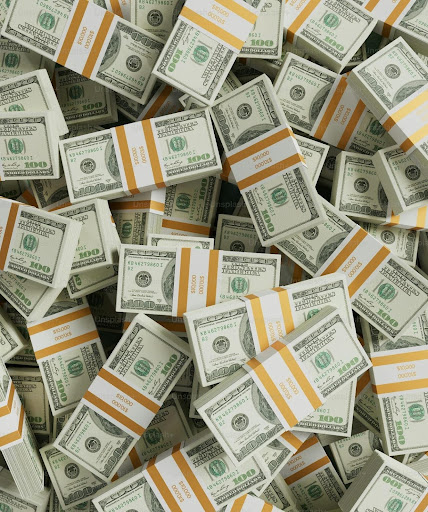
The Federal Reserve has cut interest rates by 0.25%, bringing the federal funds rate to 4.5%, a move that could be the last for some time as the Fed plans to slow its pace of reductions. Despite the historical context of today’s rates being relatively low, inflation remains stubbornly above the Fed's 2% target. Projections from the Summary of Economic Projections (SEP) indicate a higher terminal rate, with expectations for rates to remain at 4.0% by the end of 2025, compared to the previously forecasted 3.5%. Critics argue that the Fed’s justification for rate cuts is merely a façade, with the real concerns originating from pressures like commercial real estate instability, banking, and government debt. Meanwhile, rising market-driven interest rates are creating challenges for the Fed’s broader strategy.
The rate cut has sent shockwaves through equity markets, with all major stock indexes showing severe weakness. Growth-sensitive sectors like consumer stocks and technology were particularly hard-hit, with the Nasdaq falling 3.6% and the Russell 2000 dropping 4.4%, its steepest decline since mid-2022. These developments highlight the vulnerability of smaller companies to high borrowing costs. Wall Street is now recalibrating its outlook, factoring in how President-elect Trump’s pro-tariff policies might shape inflation in the coming year.
In commodities, gold prices fell to a four-week low of $2,583 before rebounding above $2,600, impacted by the strengthening dollar. Nevertheless, gold has had a relatively good year, rising over 27% for its best performance since 2010. Central banks continue to buy gold to reduce reliance on the US dollar, while strong demand from India, triggered by lower customs fees, has set new records. Oil, on the other hand, only saw a slight dip in prices, maintaining a sideways trend. Even with a drop in U.S. crude stockpiles, slower global economic growth remains a concern, with JP Morgan revising its global oil demand growth lower.
The Federal Reserve’s rate cut has also strengthened the US dollar, which reached a two-year high despite expectations for fewer cuts in the coming years. This has sent ripple effects through global currency markets, with the Indian rupee hitting record lows and China’s yuan touching its weakest level since 2023. The euro fell to $1.034, while the Japanese yen slipped beyond 155 as the Bank of Japan held rates steady. The New Zealand dollar had a harder time defending against the rising dollar, having its economy slip into a recession with a 1.5% contraction in GDP year-over-year. The Fed’s policy revisions are now reshaping financial dynamics worldwide, with uncertain implications for both developed and emerging markets going forward.
Source: Reuters, MT Newswire
Photo: Unsplash
